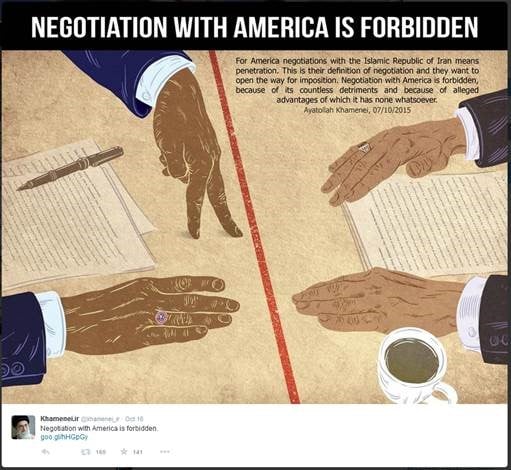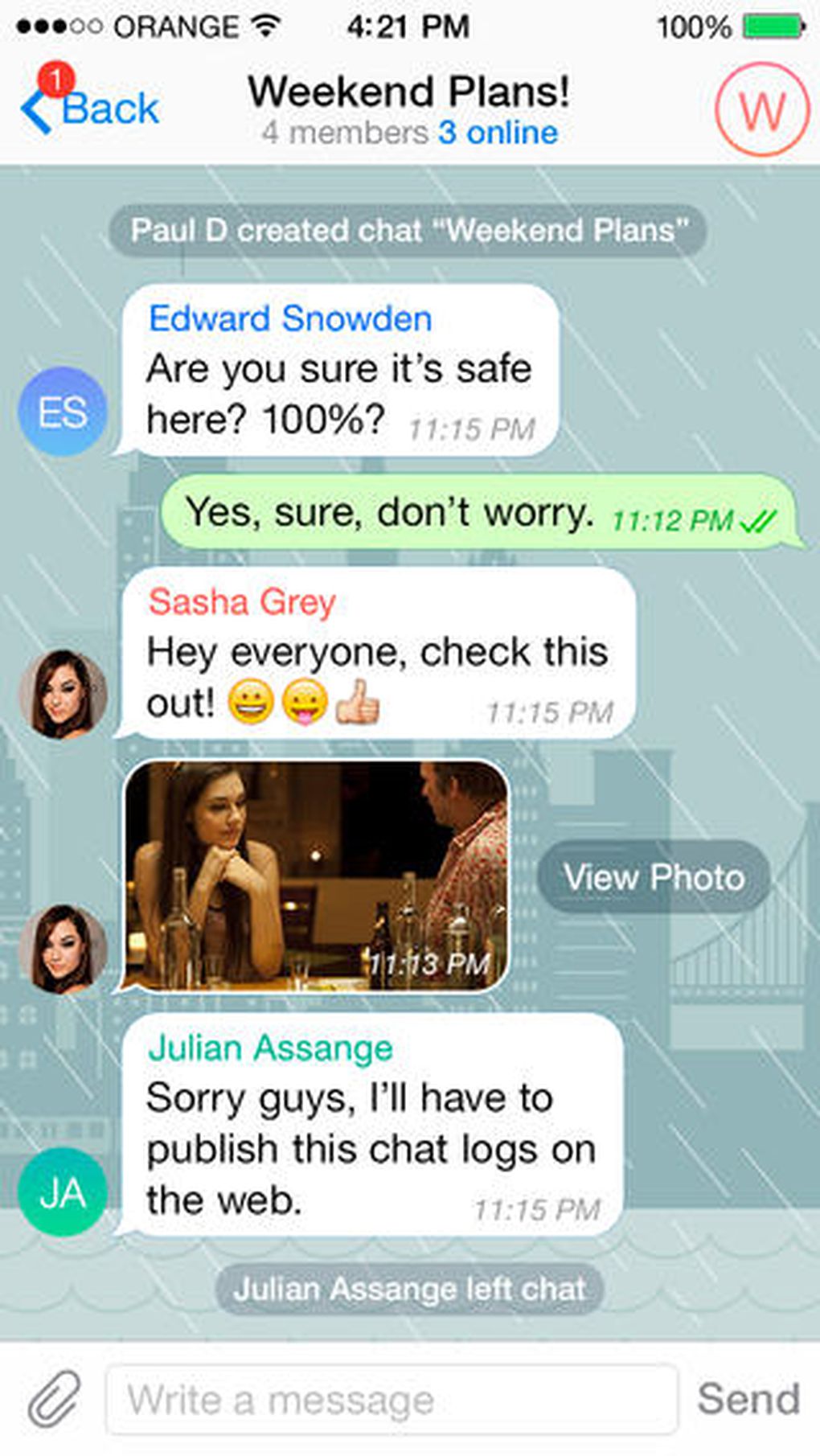Hillary testifies on Thursday, October 22 in an open hearing. We may not get real answers, but by virtue of the questions asked, listen carefully, those questions will be a clue to what the Gowdy Committee has in evidence and testimony.
Coming this week will be questions about Ambassador Steven’s own emails, for instance:
The chairman of the panel investigating the deadly 2012 Benghazi attacks said Sunday that new information reveals a “total disconnect” between the security needs of U.S. personnel on the ground and the political priorities of Hillary Rodham Clinton’s State Department staff in Washington. Rep. Trey Gowdy, R-S.C., described emails from Ambassador Chris Stevens to the State Department requesting more security almost from the moment he arrived in Libya. The request virtually crossed paths with one Clinton’s staff sent to Stevens, asking the new ambassador to read and respond to an email from a Clinton confidant, according to Gowdy. At another point, Clinton aide Victoria Nuland asked Stevens for advice on “public messaging” on the increasingly dangerous situation in the region, Gowdy said. “He didn’t need help with (public relations), and he was asking for more security,” Gowdy said on CBS’ “Face the Nation.” Gowdy refused to release the emails on Sunday. But he said they point to “the total disconnect between what was happening in Libya with the escalation in violence — that we were a soft target, that there was an increase in anti-Western sentiment … while Washington is asking him to read and react to a Sidney Blumenthal email and help on how to message the violence.”
Even NBC got some details right…as noted in their online post.
FEBRUARY 26, 2015
946 First “[email protected]” email at 4:07 PM on September 11, 2012, reports, “… diplomatic mission is under attack … 20 armed people fired shots; explosions have been heard as well … Stevens in the compound safe haven”
Email at 6:06 PM September 11, 2012, states terrorist group, “Ansar al Sharia Claims Responsibility.”
(Washington, DC) – Judicial Watch announced today that on February 11, 2015, it uncovered documents from the U.S. Department of State revealing that top aides for then-Secretary of State Hillary Clinton, including her then-chief of staff Cheryl Mills, knew from the outset that the Benghazi mission compound was under attack by armed assailants tied to a terrorist group. The documents were produced as a result of a Freedom of Information Act lawsuit against the State Department (Judicial Watch v. U.S. Department of State ((No. 1:14-cv-01511). The documents make no reference to a spontaneous demonstration or Internet video, except in an official statement issued by Hillary Clinton.
Judicial Watch lawsuit focused on Mrs. Clinton’s involvement in the Benghazi scandal:
Any and all records concerning, regarding, or related to notes, updates, or reports created in response to the September 11, 2012 attack on the U.S, Consulate in Benghazi, Libya. This request includes but is not limited to, notes, taken by then Secretary of State Hillary Rodham Clinton or employees of the Office of the Secretary of State during the attack and its immediate aftermath.
The chain of internal emails tracks the events surrounding the terrorist attack in real time beginning immediately upon its inception.
On September 11, 2012, at 4:07 PM, Maria Sand (who was then a Special Assistant to Mrs. Clinton) forwarded an email from the State Department’s Operations Center entitled “U.S. Diplomatic Mission in Benghazi is Under Attack (SBU) [Sensitive But Unclassified]” to Cheryl Mills (then-Chief of Staff), Jacob Sullivan (then-Deputy Chief of Staff for Policy), Joseph McManus (then-Hillary Clinton’s Executive Assistant), and a list of other Special Assistants in the Secretary’s office:
The Regional Security Officer reports the diplomatic mission is under attack. Tripoli reports approximately 20 armed people fired shots; explosions have been heard as well. Ambassador Stevens, who is currently in Benghazi, and four COM [Chief of Mission] personnel are in the compound safe haven. The 17th of February militia is providing security support.
On September 11, 2012, 4:38 PM, State Department Foreign Service Officer Lawrence Randolph forwarded Mills, Sullivan and McManus an email from Scott Bultrowicz, who was the former director of the Diplomatic Security Service (ousted following review of the attack), with the subject line, “Attack on Benghazi 09112012”:
DSCC received a phone call from [REDACTED] in Benghazi, Libya initially stating that 15 armed individuals were attacking the compound and trying to gain entrance. The Ambassador is present in Benghazi and currently is barricaded within the compound. There are no injuries at this time and it is unknown what the intent of the attackers is. At approximately 1600 DSCC received word from Benghazi that individuals had entered the compound. At 1614 RSO advised the Libyans had set fire to various buildings in the area, possibly the building that houses the Ambassador [REDACTED] is responding and taking fire.
Nearly seven hours later, at 12:04 am, on September 12, Randolph sends an email with the subject line “FW: Update 3: Benghazi Shelter Location Also Under Attack” to Mills, Sullivan, and McManus that has several updates about the Benghazi attack:
I just called Ops and they said the DS command center is reporting that the compound is under attack again. I am about to reach out to the DS Command Center.
This email also contains a chain of other, earlier email updates:
September 11, 2012 11:57 PM email: “(SBU) DS Command reports the current shelter location for COM personnel in Benghazi is under mortar fire. There are reports of injuries to COM staff.”
September 11, 2012 6:06 PM (Subject: “Update 2: Ansar al-Sharia Claims Responsibility for Benghazi Attack (SBU): “(SBU) Embassy Tripoli reports the group claimed responsibility on Facebook and Twitter and call for an attack on Embassy Tripoli”
September 11, 2012, 4:54 PM: “Embassy Tripoli reports the firing at the U.S. Diplomatic Mission in Benghazi has stopped and the compound has been cleared. A response team is on site to locate COM personnel.”
The DOS emails reveal the first official confirmation of the death of Ambassador Stevens. On September 12, 2012, 3:22 AM, Senior Watch Officer Andrew Veprek forwarded an email to numerous State Department officials, which was later forwarded to Cheryl Mills and Joseph McManus, with the subject line “Death of Ambassador Stevens in Benghazi”:
Embassy Tripoli confirms the death of Ambassador John C. (Chris) Stevens in Benghazi. His body has been recovered and is at the airport in Benghazi.
Two hours later, Joseph McManus forwards the news about Ambassador Stevens’ death to officials in the State Department Legislative Affairs office with instructions not to “forward to anyone at this point.”
Despite her three top staff members being informed that a terrorist group had claimed credit for the attack, Secretary of State Hillary Clinton, issued an official statement, also produced to Judicial Watch, claiming the assault may have been in “a response to inflammatory material posted on the Internet.”
Cheryl Mills asks that the State Department stop answering press inquiries at 12:11 am on September 12, despite the ongoing questions about “Chris’ whereabouts.” In an email to State Department spokesman Victoria Nuland, Jacob Kennedy, and Phillipe Reines (then-Deputy Assistant Secretary of State for Strategic Communications and Senior Communications Advisor), Mills writes:
Can we stop answering emails for the night Toria b/c now the first one [Hillary Clinton’s “inflammatory material posted on the Internet” statement] is hanging out there.
Earlier in the chain of emails, Nuland told Mills, Sullivan, and Patrick Kennedy (Under Secretary of State for Management) that she “ignored” a question about Ambassador Steven’s status and whereabouts from a CBS News Reporter.
Another top State Department official is eager to promote a statement from Rabbi David Saperstein, then-Director of the Religious Action Center of Reform Judaism, a liberal group. The September 2012 statement condemns “the video that apparently spurred these incidents. It was clearly crafted to provoke, offend, and to evoke outrage.” Michael Posner, then-Assistant Secretary of State for Democracy, Human Rights and Labor, forwarded the statement on September 12, 2012, to Wendy Sherman, Under Secretary of State for Political Affairs, and Jacob Sherman with the note:
This is an excellent statement – our goal should be to get the Conference of Presidents, the ADL etc. to follow suit and use similar language.
(President Obama nominated Rabbi Saperstein to be Ambassador-at-Large for International Religious Freedom in July 2014. The U.S. Senate confirmed him in December 2014.)
Also included in the documents are foreign press reports establishing the cause of Ambassador Chris Steven’s death as being from asphyxiation. According to the reports, doctors attending Stevens said he could have been saved had he arrived at the hospital earlier.
The Obama administration has blacked out reactions from White House and top State Department officials to news stories published on September 14, 2012. One of the stories quoted a visitor who criticized the lack of security at the Benghazi Special Mission Compound and another headlined, “America ‘was warned of attack and did nothing.’”
Other emails list well over 20 invited participants in a “SVTC” (secure video teleconference). The invited participants for the September 14, 2012, early morning call include senior White House, CIA, and State Department political appointees.
“These emails leave no doubt that Hillary Clinton’s closest advisers knew the truth about the Benghazi attack from almost the moment it happened,” said Judicial Watch President Tom Fitton. “And it is inescapable that Secretary of State Hillary Clinton knowingly lied when she planted the false story about ‘inflammatory material being posted on the Internet.’ The contempt for the public’s right to know is evidenced not only in these documents but also in the fact that we had to file a lawsuit in federal court to obtain them. The Obama gang’s cover-up continues to unravel, despite its unlawful secrecy and continued slow-rolling of information. Congress, if it ever decides to do its job, cannot act soon enough to put Hillary Clinton, Cheryl Mills, and every other official in these emails under oath.”
Islamic terrorists connected to al Qaeda attacked the U.S. diplomatic compound in Benghazi on the evening of September 11, 2012. U.S. Ambassador J. Christopher Stevens and U.S. Foreign Service Information Management Officer Sean Smith were both killed. Just a few hours later, a second terrorist strike targeted a different compound about one mile away. Two CIA contractors, Tyrone Woods and Glen Doherty, were killed and 10 others were injured in the second attack.



